The introduction of charter schools to Washington has been accompanied by excitement, nervousness and above all, curiosity. Charter schools have great potential to positively influence public education in the state. However, some naysayers are less than optimistic.Since charter schools were approved to be introduced to Washington as recently as 2012, many are unsure of the differences between a charter school and a traditional public school.
In most ways, the two are quite similar.
According to the Washington State Charter School Commission (WSCSC), both are non-religious, non-sectarian public schools that are funded by local, state and federal taxes, the amount of which is based on student enrollment. They are open to all students free of tuition.
The primary difference between a charter school and a traditional public school is that charter schools possess a greater flexibility in how they choose to teach students.
“Charter schools commit to meeting specific academic goals set by the Commission, but are free to make their own decisions about how to achieve those goals…they are free to develop their own academic program, choose staff, set educational goals, offer a longer school day and school year and establish their own standards for student behavior,” according to the WSCSC.
Although the thinking behind charter schools sounds admirable, charter schools have produced different sentiments around the country.
One question that has been raised is that of independence. Does greater autonomy result in innovation? Or a lack of accountability?
It’s a valid question, but charter schools have a strong incentive to perform well. If they do not perform at an acceptable level over the next five years, Washington’s legislature will not sanction additional charter schools to be built. These forerunners’ long-term survival depends on their tactics’ success.
There are also questions concerning quality. Some charter schools have been held up as some of the finest examples of American education while others have been labeled as false hopes, providing an education no better than traditional public schools.
In a testimony before the Senate Education Committee, Ted Kirsch, president of the American Teacher Federation in Pennsylvania, said, “The most comprehensive study of charter schools in the nation found that only 17 percent of charter school students showed gains that were significantly better than traditional public schools, while 37 percent of charter students performed worse than comparable children in public schools.” The study was conducted by the Center for Research on Educational Outcomes of Stanford University, which evaluated charter schools in 16 states.
As damning as the findings seem, one must remember that Washington is the 42nd state to approve charter schools. Adopting public charter schools decades after other states allows Washington to learn from the flaws, unforeseen or purposefully exploited, of its predecessors and ensure that Washington’s charter schools operate to their full potential.
Spokane is among one of the first cities in the state to introduce a charter school into its community. Spokane International Academy will open its doors for the first time this fall, and will cater to kindergarten, first grade and sixth grade students.
Dr. Stacy Hill, the board secretary of Spokane International Academy (SIA), spoke with The Whitworthian about the school. Dr. Hill emphasized that her comments were based on Spokane International Academy—not all charter schools in Washington—because each charter school can have a different framework.
SIA’s focus is on global competency and expanding world views, which is made immediately apparent by its location. It is situated near a population of refugee families, Hill said, and will be catering to many English Language Learner (ELL) students, potentially coming from low-income homes (the exact demographics of students are not known ahead of time to prevent to prevent any discrimination).
Although it is currently only able to offer services for three grades, the academy hopes to expand to accommodate grades K-8. One of the long term goals for SIA is to eventually create an international study abroad program for its eighth grade students, as a final emphasis on the school’s mission statement.
Such programs are practically unheard of in traditional schools, yet SIA is able to consider this dream an attainable possibility because of its independence as a charter school.
Herein lies the importance of charter schools to all of Washington education.
Because they are not governed by the State Board of Education, charter schools can break away from traditional methods and structures of public schools, and test new programs, frameworks and methods. If such methods prove effective, they may one day be mainstreamed.
SIA has a longer school day than other schools in the district, Hill said, and routine, dedicated time for teacher collaboration each week. This allows for teachers to have a regular time to discuss how they can continue to improve teaching in the classroom.
One hope for charter schools is that their ability to test new methods will result in more effective learning environments for ELLs and other students with unique needs. Effective teachers at every school try to adapt their strategies to best meet the needs of their special need students. However, charter schools aim to adapt in a more cohesive manner to each student’s needs to provide the best education possible, instead of leaving it to a single teacher’s industriousness.
Charter schools have the potential to do a lot of good in local communities. More than that, they have the potential to significantly impact the state’s education system for the better. Given time, charter schools have the capability to develop exciting improvements to teaching methods and school structure. The next five years will be filled with excitement as Washington education considers new directions.
Contact Matthew Boardman at mboardman18@my.whitworth.edu

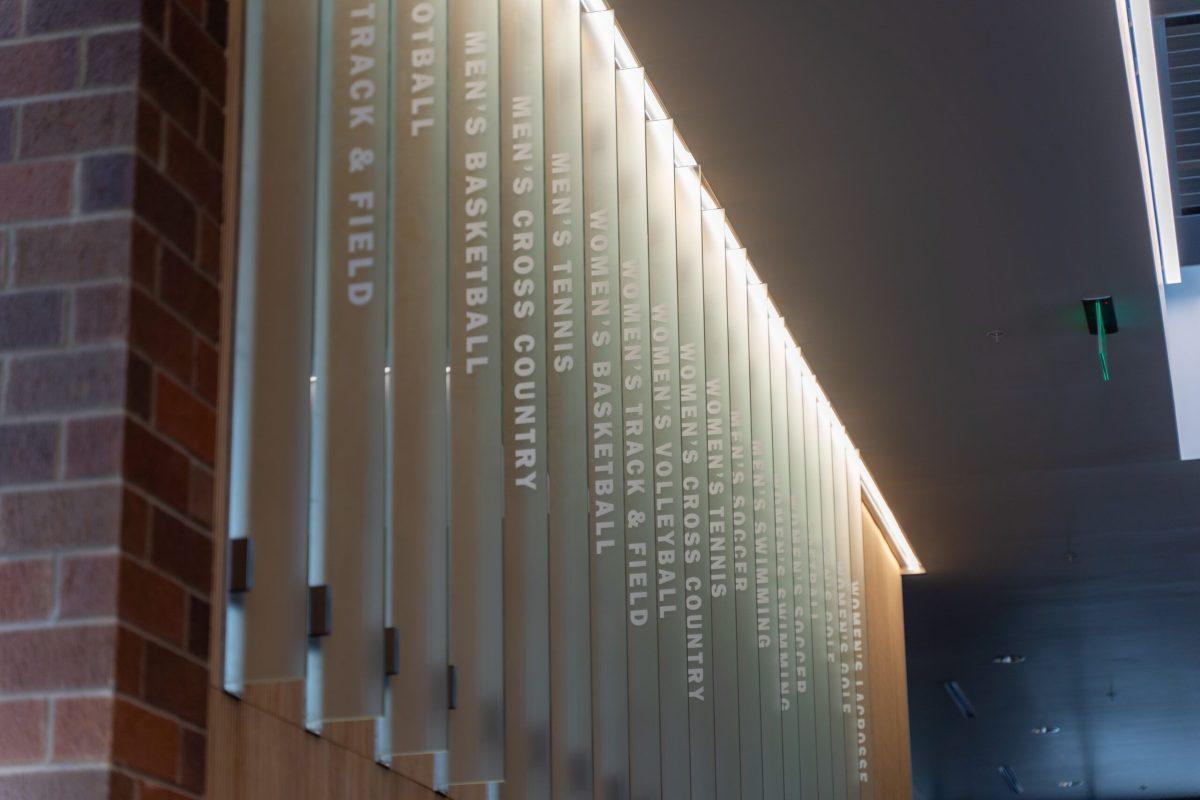
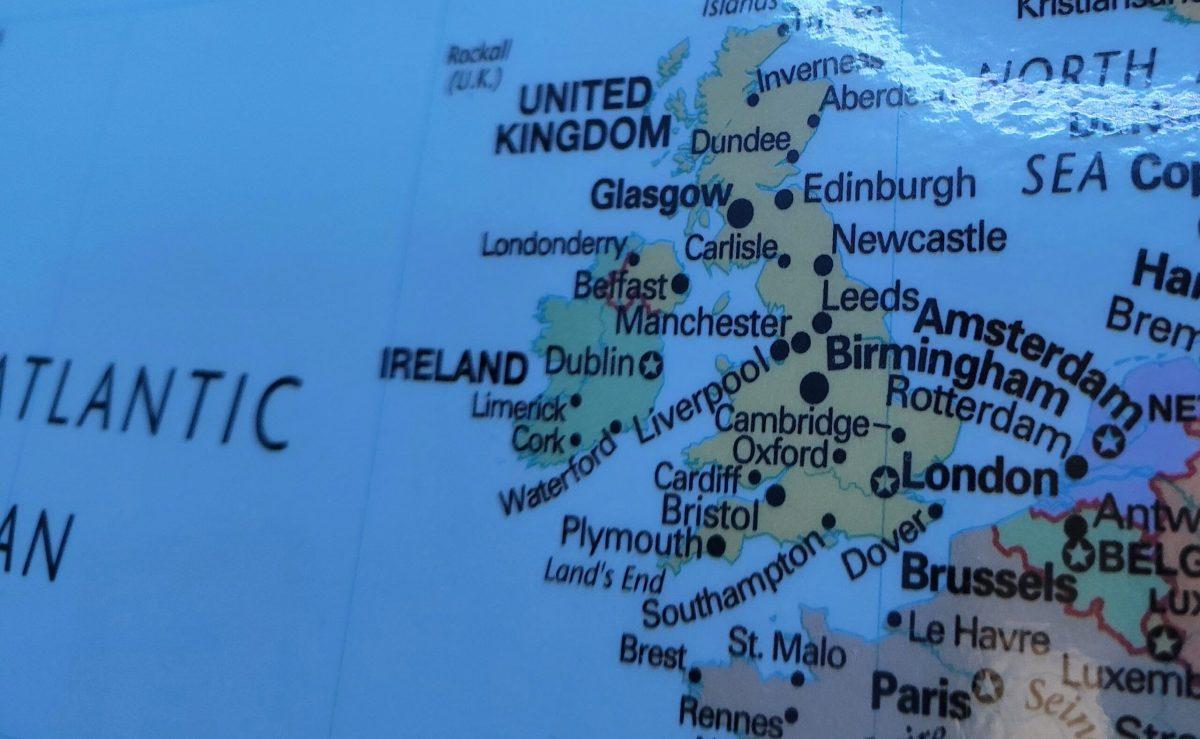
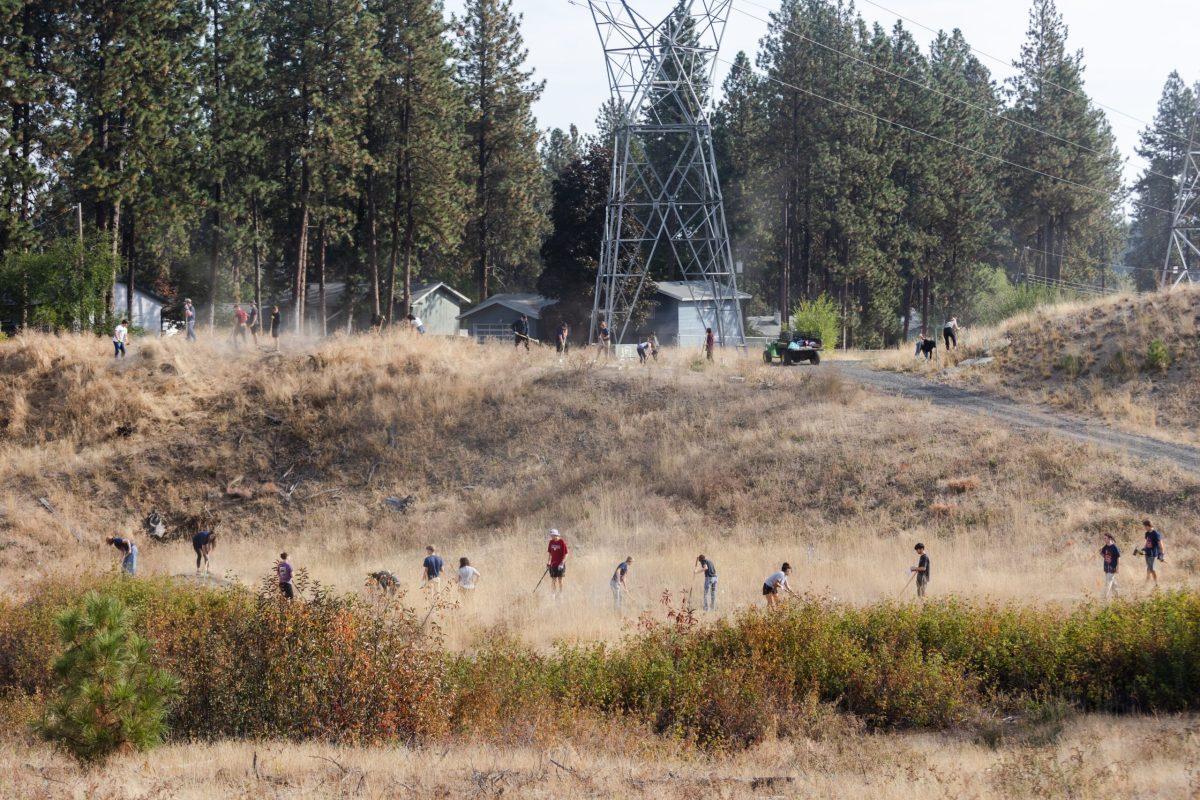

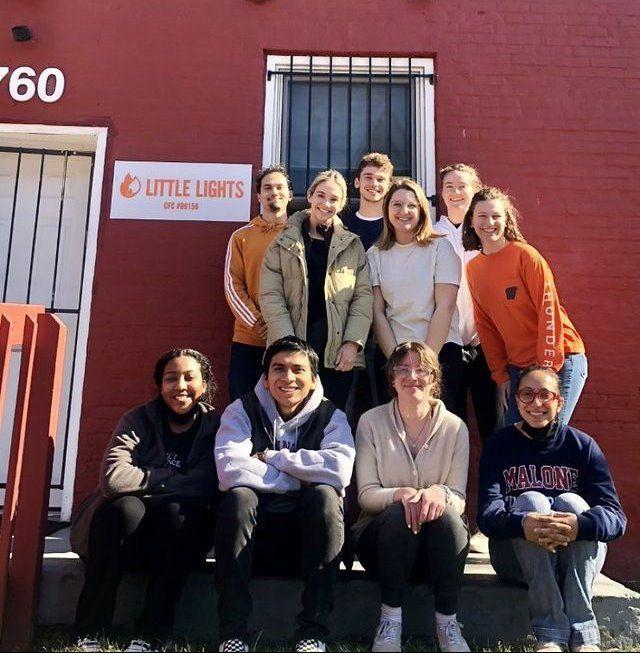
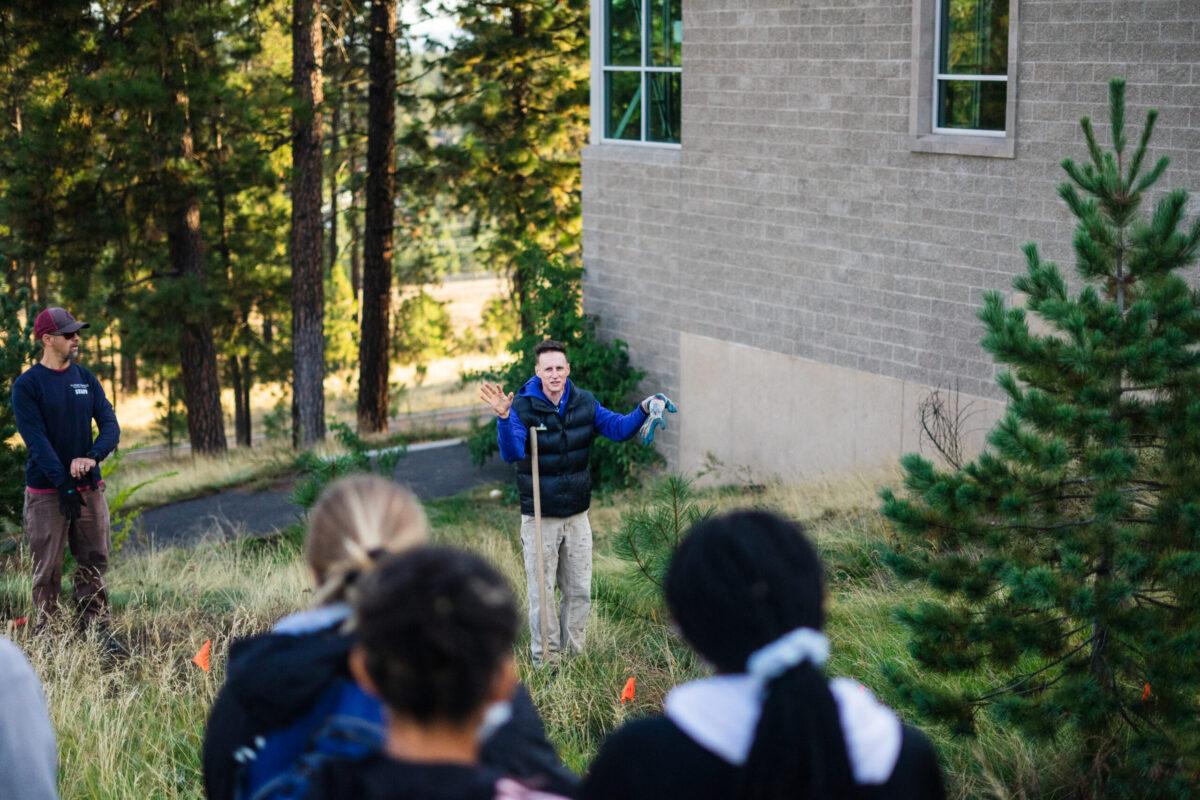



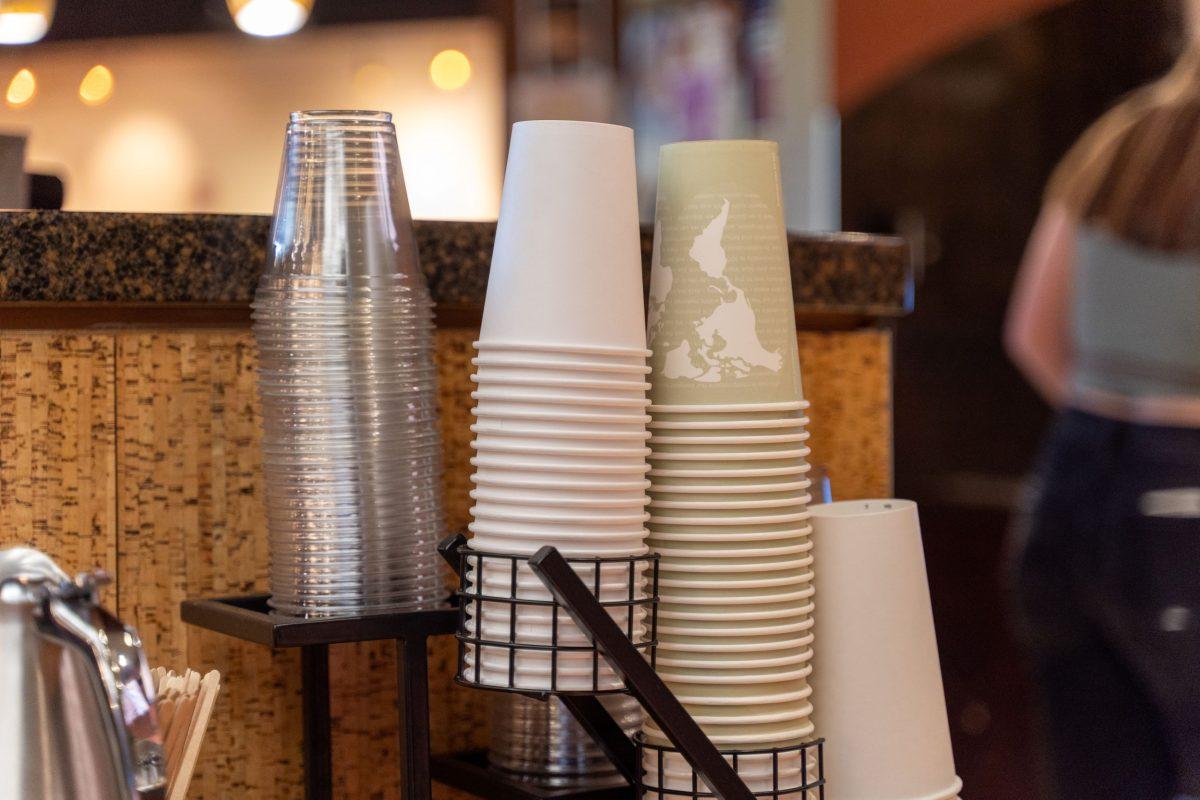

 Spokane?
Spokane?